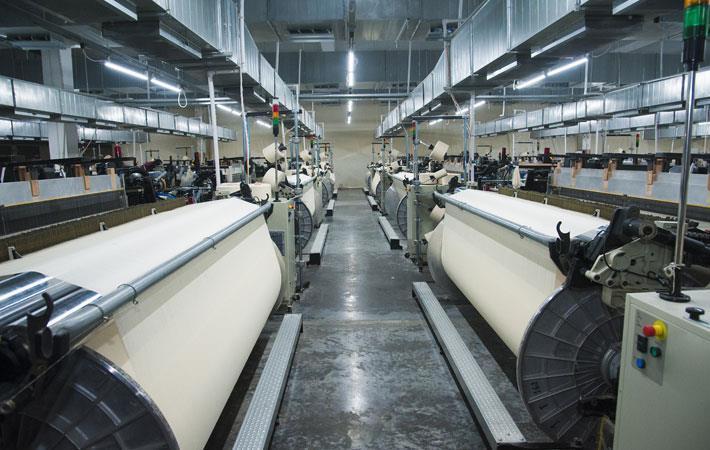Pandemic to affect Indian textile sector margins: Ind-Ra

The nation-wide lockdown in India will affect the sector both in terms of demand and supply. The rating agency expects the fall in consumer income and increase in household leverage to continue to have a negative sentiment throughout fiscal 2020-21.
While India’s dependence on imports is limited, it is dependent on exports and hence the return of demand from the key markets including the United States, the United Kingdom, the United Arab Emirates and China is critical. Ind-Ra assumes the earnings before interest, taxes, depreciation and amortization (EBITDA) will drop by at least 15 per cent in this fiscal across its textile portfolio.
Cotton prices continued to soften in February 2020, due to lower export demand and squeezed domestic consumption. They fell to ₹111 per kg (long staple Kadi) in February 2020 (February 2019: ₹118 per kg; January 2020: ₹113 per kg), on account of reduced off-take by mill owners, which are facing the heat of excess production and supply disruptions amid the spread of the novel coronavirus, Ind-Ra said in a press release.
However, the Cotton Corporation of India continues to hold up the stock (40 per cent of total arrivals) and would maintain the current prices over the short term. While in the long term, a higher uncertainty regarding the duration of lockdown would be negative for the prices and pressure the liquidity of cotton spinners who are holding a cotton inventory of three to four months.
The cotton yarn industry continues to face a subdued export demand. With the sudden lockdown of the global market and lack of incremental orders from China, yarn players have begun to face pressure on liquidity, despite the softening of cotton prices.
This has led to an oversupply in the domestic market, which has affected yarn prices. While the demand is not likely to improve owing to the lockdown in India and other export destinations, the opening of factories in China could a light in the dark for these players.
The majority of downstream players had to incur inventory losses due to the ongoing geopolitical tensions in crude oil, which led to the prices declining by more than 40 per cent month-over-month in March 2020.
The losses are unlikely to be passed on till the short term. However, lower working capital requirements and reduced raw material costs could improve the margins of the man-made fibre industry in the medium term. Lower raw material availability (purified terephthalic acid) from China amid the COVID-19-led disruptions could lead to a steady increase in domestic prices.
The fabric industry registered a marginal improvement in exports in the first ten months of the last fiscal, coupled with lower raw material costs and increased export demand from Bangladesh and other countries.
However, beginning February, the industry is facing a downfall with reduced domestic demand, leading to inventory pilling up. The fabric industry is dominated by few players which have strong liquidity to manage the downside caused by the novel coronavirus, while small and medium players would face the brunt of the lockdown.
Indian readymade garments players have been hoping for a revival in demand and shift of orders from China since the start of pandemic. However, with the spread of coronavirus in Europe, demand and orders have been reduced from major retailers.
While the Indian government has extended the scheme rebate of state and centre levy of taxes from April 1 to boost liquidity and competitiveness of these players, many buyers are going bankrupt because the lockdown and closure of stores has resulted in a fall in exports. For the last fiscal ending March 31, the margins of players are expected to be affected by 120-150 basis points and credit metrics to moderate with pressure on liquidity and higher working capital utilisations.
The home textiles industry has also been hit by the pandemic with shipments being held up and bleak certainty of operations resumption in the short term. The industry is dominated by a few players, which have sufficient liquidity to meet the tough times; however, any larger-than-expected impact of coronavirus would prove harmful for the industry, Ind-Ra said in its report.
Fibre2Fashion News Desk (DS)
































-Ltd..jpg?tr=w-120,h-60,c-at_max,cm-pad_resize,bg-ffffff)





.jpg?tr=w-120,h-60,c-at_max,cm-pad_resize,bg-ffffff)
.jpg?tr=w-120,h-60,c-at_max,cm-pad_resize,bg-ffffff)






